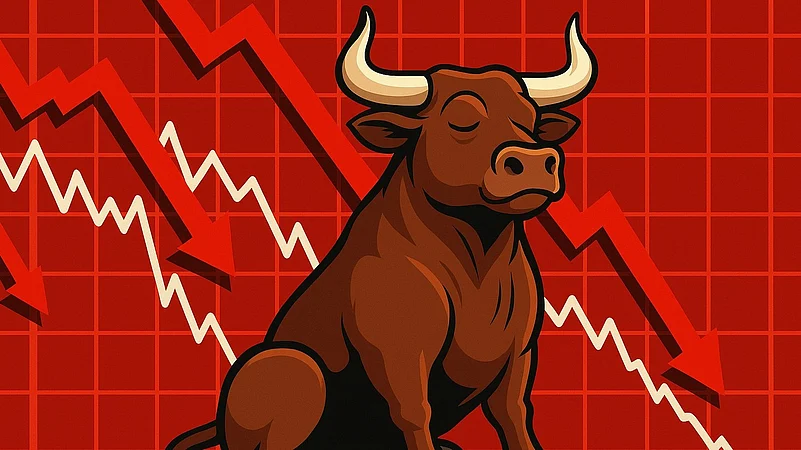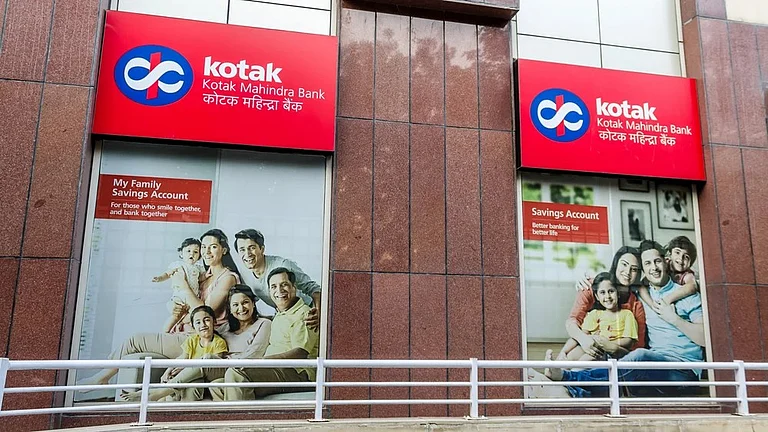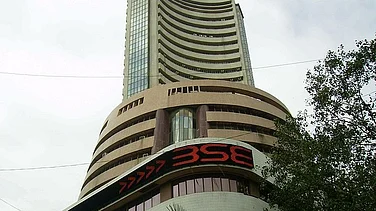When shares of Bajaj Finance resumed trading on June 16, the counter on NSE reflected a dramatic drop of 90% in the stock. The stock opened at Rs 956 on the NSE, a 90% decline from the last close of Rs 9,331.
While the sharp plunge in share price may have startled investors at first glance, but it’s purely a result of technical adjustments. The reason? The prices reflect a sharp fall as the stock adjusts to not one, but two corporate actions.
Shares of Bajaj Finance adjusted to a stock split as well as a bonus issue today. Back in April, the company had approved a four-for-one bonus issue, along with a one-for-two share split, both of which were adjusted today.
While the corporate actions will reflect in the demat account of shareholders in due course, it doesn’t warrant any worry as both adjustments are seen as a positive for investors. First, the company’s 4:1 bonus issue means that investors will receive four additional shares for every one share they currently hold.
Second, the 1:2 stock split means each existing share with a face value of Rs 2 will be split into two shares with a face value of Re 1 each. What that means the total number of shares held by any shareholder will double, while individual share value also adjusts accordingly.
What does this mean for shareholders?
To put it simply, if an investor held just one share before these changes, the stock split would double that to two shares, each priced at half the original value.
Then, the bonus issue would grant four additional shares for every one share held, resulting in eight bonus shares on top of the two already held post-split.
In effect, the investor who originally held one share would now own ten shares. While the number of shares increases, the overall investment value remains unchanged at the time of adjustment, with the stock price automatically adjusted to reflect the larger share base. This explains the sharp fall in the stock price, a mathematical adjustment, not a loss in value.
Now while the share price of Bajaj Finance already adjusted to the increased float in the counter, the additional shares may not reflect in shareholder’s account just yet.
The process of transferring additional shares at the adjusted price will be completed by June 27, Bajaj Finance said. Meaning that investors will see 10 shares of Bajaj Finance in their demat accounts instead of the one they owned earlier.
What the future holds for Bajaj Finance?
The past two years haven’t been gracious for lenders as a rapid interest rate hike cycle to tackle hot inflation sent borrowing costs soaring. EMIs shot up, and discretionary credit demand, particularly for personal loans and consumer durables, took a major hit.
With the pain behind now, light seems to be waiting at the end of the tunnel. As inflation cooled, the RBI has pivoted towards a rate-cutting stance, even front-loading much of the cuts. This shift is expected to ease borrowing costs and stimulate credit demand, offering a much-needed tailwind for lenders. Complementing this, the Union Budget’s move to exempt income up to ₹12 lakh under the new tax regime (effective April) is likely to lift disposable incomes, especially among middle-income earners.
“This is expected to revive small-ticket discretionary spending, an area where Bajaj Finance has historically excelled,” said Sidhanth Paul, Research Analyst at CapitalMind Research. “With its widespread distribution network and a well-established playbook in consumer financing, Bajaj Finance looks well-positioned to benefit from a likely resurgence in consumption.”
Paul added that while Bajaj Finance has consistently been viewed as a high-quality franchise, the broader lending space has had to navigate considerable headwinds in recent years. Should the macro environment continue to improve, the company appears poised to capture incremental growth, he believes
Even on valuations, Bajaj Finance appears fairly placed. It is currently trading at a Trailing Twelve Months Price-to-Earnings (TTM P/E) ratio of around 33x, a level Paul believes aligns well with broader industry averages. “It’s neither overly expensive nor particularly cheap,” he noted, “but reasonable considering its historical track record and growth profile.”































